
POST EDIT: HSBC conservation project breathes new life into Hong Kong’s natural ecosystems
- HSBC’s Lai Chi Wo programme revitalises abandoned farmland in the area and diversifies the habitat, so that different species of animal can develop and thrive
- Half of the world’s GDP depends on high-functioning biodiversity, according to a 2020 report by reinsurers Swiss Re
On summer evenings, ecologist Ryan Leung Siu-him walks into the middle of a rice paddy in Lai Chi Wo village, in the northeastern New Territories, and turns off his flashlight. Standing perfectly still in the pitch black, he closes his eyes and listens. The sea breeze makes the heat less oppressive and a few minutes pass before he hears what he’s waiting for – a single bark, followed by a croak, then a grunt – the chorus of the frogs.
“We might hear a Chinese bullfrog here, then a brown tree frog there, and we close our eyes to be more focused on the direction,” says Leung, senior project officer at the Centre for Civil Society and Governance at the University of Hong Kong (HKU). “When the call is overlapping, we try to identify how many individuals there are.”
At last count, Lai Chi Wo was home to nine amphibian species – 38 per cent of Hong Kong’s total; 149 butterfly species – 58 per cent of the total; and 55 species of dragonflies – 46 per cent of the total.

“When we revitalise the farmland, we diversify the habitat so that we have different habitats for different species of animal,” says Leung. “So you have more species of frogs and more fish. The whole area becomes more diverse in terms of habitats and biodiversity. It will be a more resilient system than if you just abandon it for a longer time and the whole area turns into forest.”
While some fauna species have been naturally drawn to the revitalised village area, others have been carefully reintroduced. HKU’s research team found rice fish – which live in rice paddies – in a village a 30-minute walk from Lai Chi Wo, and suspecting that they were part of the ecosystem during the village’s heyday, they brought them back, while at the same time removing another, more invasive fish species.
“The rice fish are part of the bigger picture,” says Leung. “They could be controlling the mosquitoes and could be food for birds and other animals – they are predator and prey. They add more diversity and make the system more complex. In ecology, diversity is our one golden rule.”
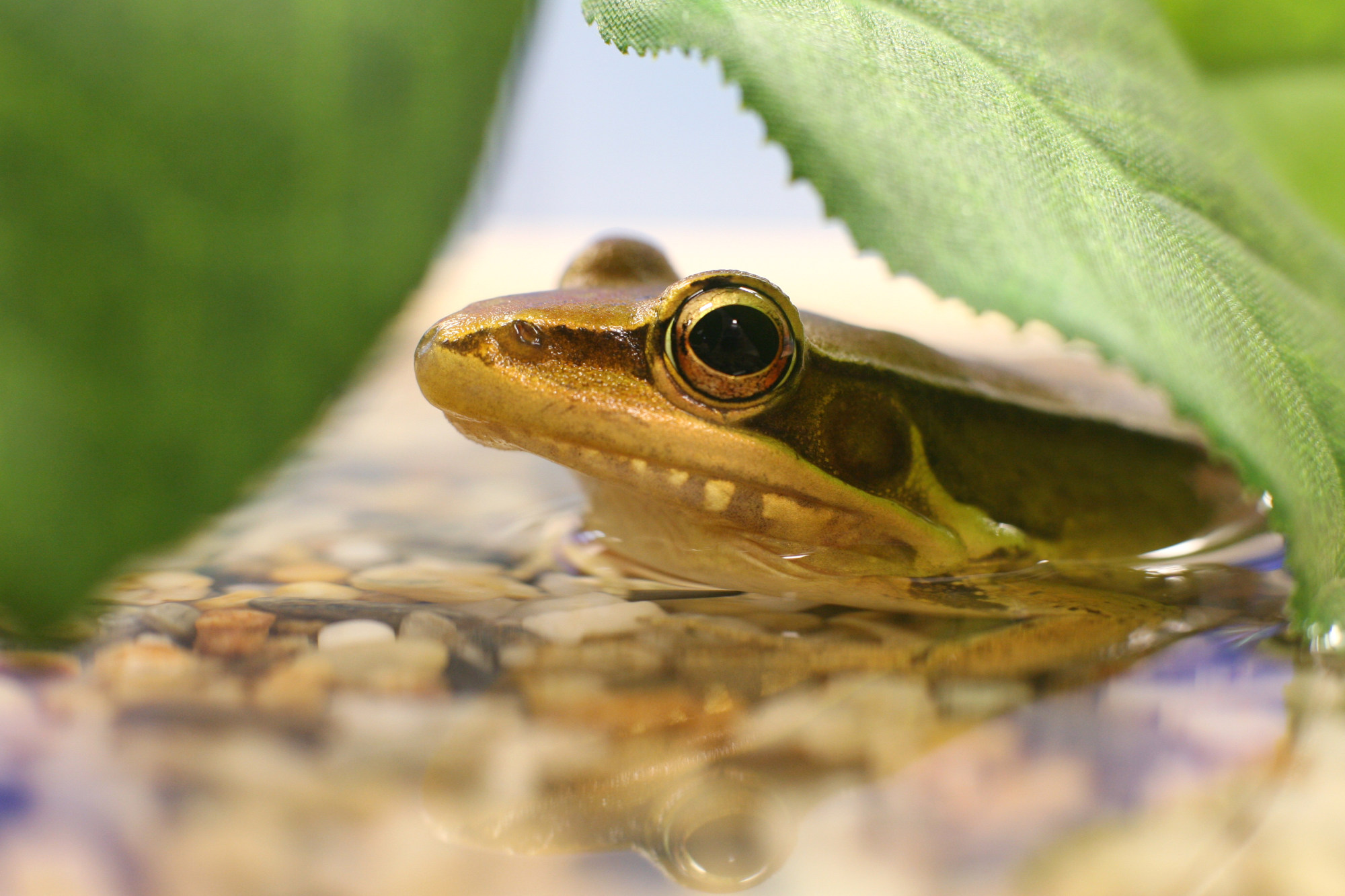
And in 2020, a report by reinsurance company Swiss Re estimated that half of the world’s GDP depends on high-functioning biodiversity.
“Natural ecosystems are humanity’s most precious resource,” says Marine de Bazelaire, group adviser on natural capital at HSBC. “Protecting them is essential to achieving net-zero carbon emissions. Our challenge is to look at the entire economy through the lens of this ‘natural capital’ and establish it as an asset class in its own right, adapting business models to preserve habitats and creating policies and regulation that prioritise the living world. That’s the only way we can continue to benefit from productive land, healthy oceans and clean air.”
In May 2021, HSBC teamed up with global research organisation World Resources Institute and WWF to form a five-year philanthropic partnership. Backed by US$100 million of HSBC funding and working with local bodies, the Climate Solutions Partnership aims to scale up nature-based solutions and climate-innovation ventures. It now has 32 projects under way globally and has embarked on a Nature Based Solutions (NBS) Accelerator.
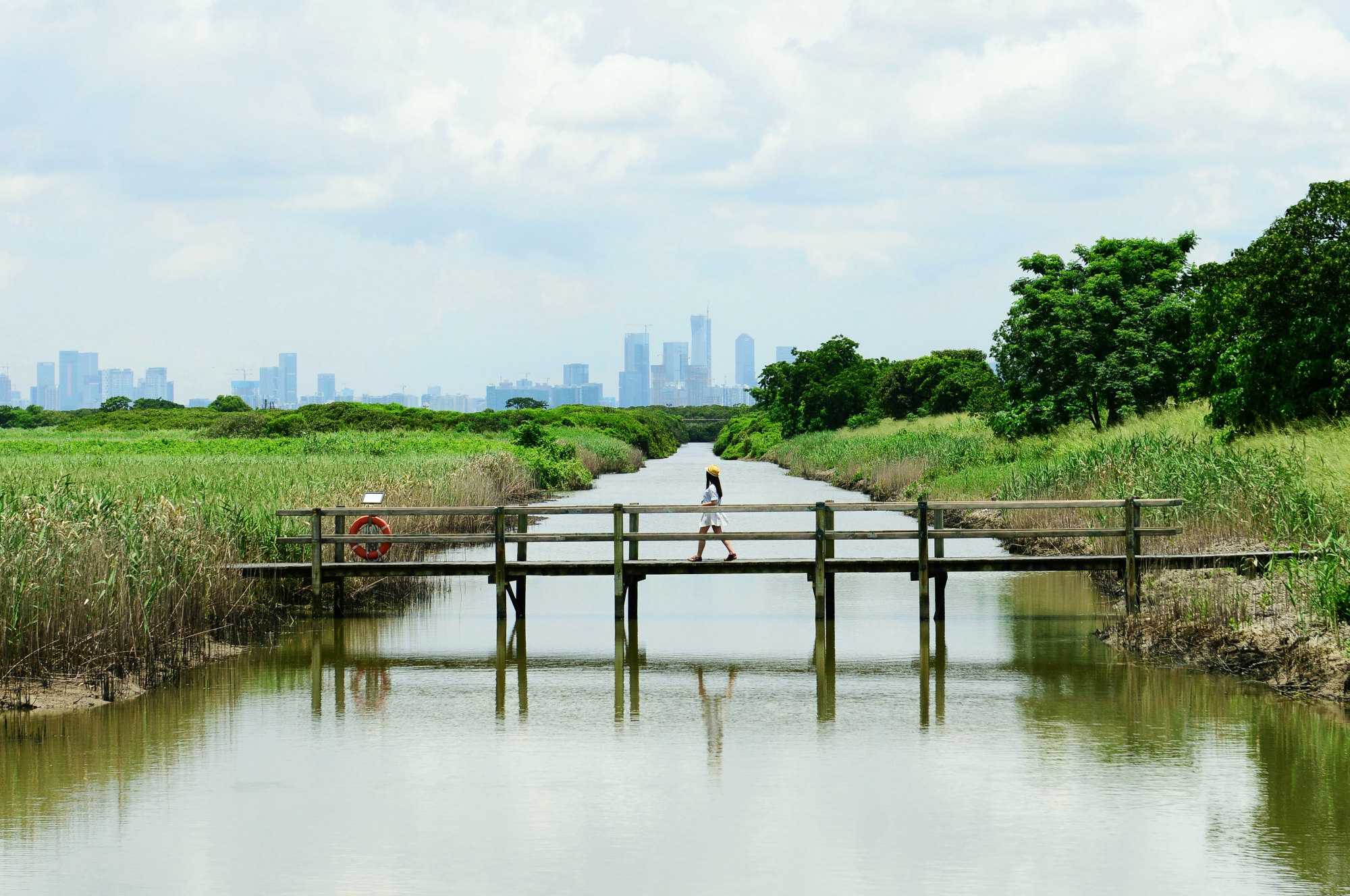
Back in Lai Chi Wo, Leung says the project is not simply about conservation – after all, if the village was left for another 100 years it might return to rainforest – but about the whole ecosystem, including how humans can best fit into the picture, living and working in harmony with the land, primarily through sustainable farming.
“With HSBC funding we have been able to do a lot of new things,” says Leung. “We have capital investment for equipment.”
In addition to the obvious revenue stream of selling fresh produce at local farmers’ markets, HSBC funding has allowed for the provision of a food-processing kitchen in nearby Sha Tau Kok. Some of the project’s produce, such as ginger and winter melon, is sent to the factory for processing.
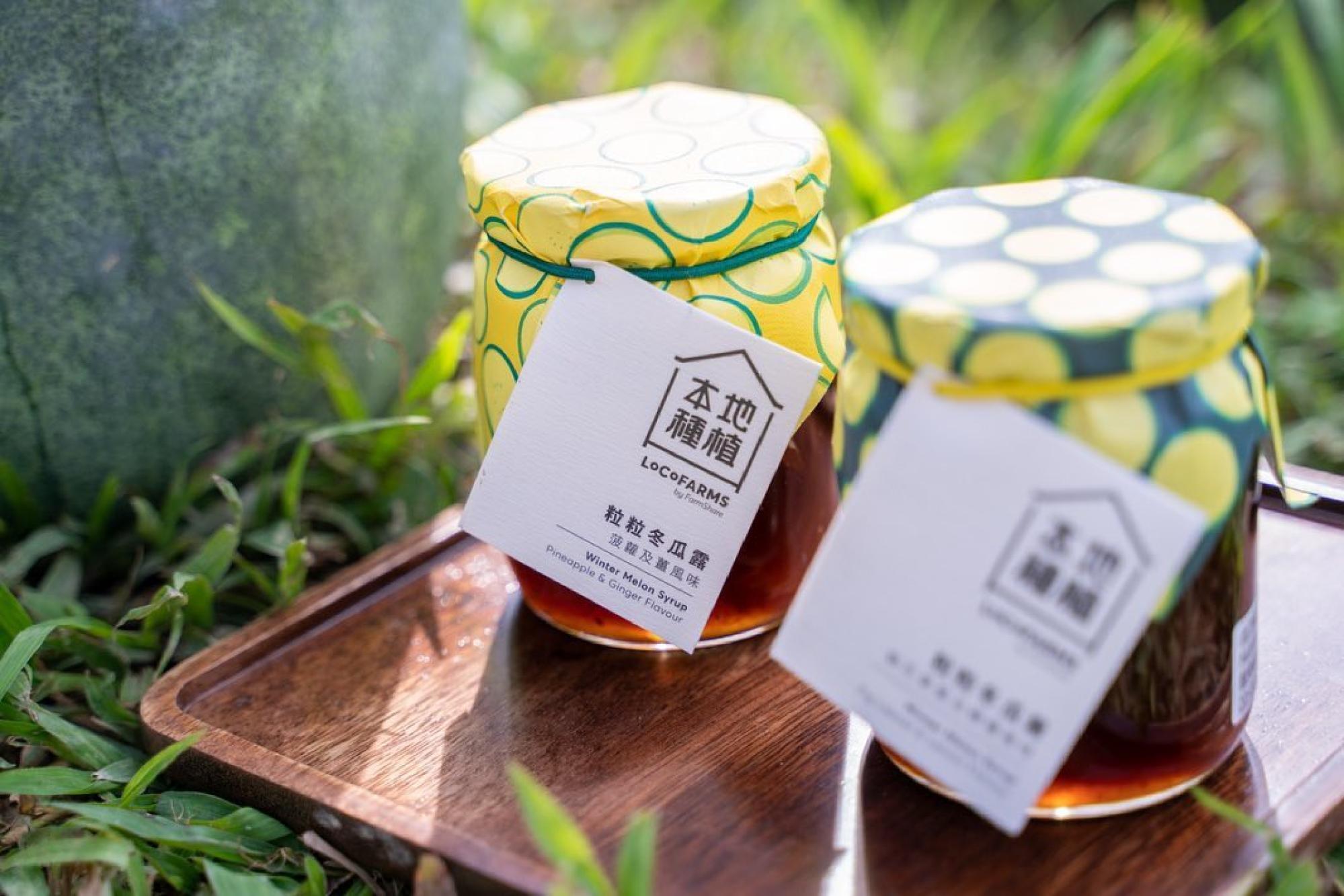
“Traditionally, lots of farmers in Hong Kong do farming, but they are not good at marketing,” says Leung. “They focus all their time and energy into the farming itself and then they sell their produce at a relatively low price. I think food processing is the missing link in the farming industry.”
Abandoned farmland is an environmental issue because when soils erode, they release greenhouse gases. Restoring farmland allows it to become a carbon sink once more. While banks and big businesses have supported conservation efforts for years, usually under the banner of corporate social responsibility, that is no longer enough.
Leung hopes that the lessons learned at Lai Chi Wo can be replicated elsewhere, and the team has already begun working on revitalising farmland in neighbouring villages.
“We are trying to scale up the whole thing, doing agriculture with the awareness of conserving the environment as well,” he says. “We are trying to plant coffee there and other types of crops. Each village can serve its own purpose, and Lai Chi Wo may be the hub.”
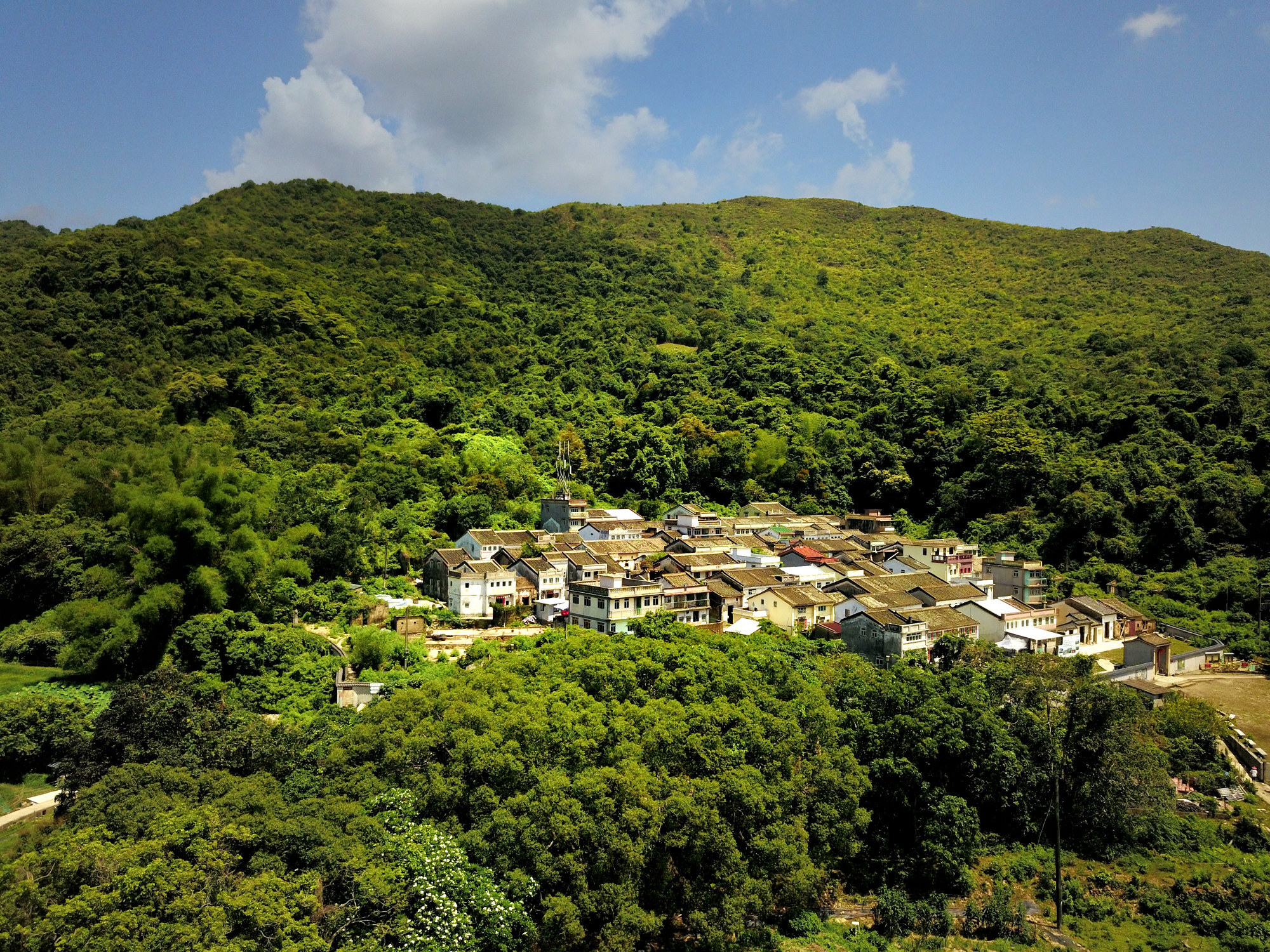
Green bonds to support biodiversity
“For many people, when they think of green projects, they think of renewable energy or green buildings,” says Luying Gan, HSBC’s head of sustainable bonds for Asia Pacific, “but biodiversity is a little further from people’s understanding. It is difficult to measure and not easy for people to understand why it is important.”
Invest in a wind farm and you can assess its success according to how many kilowatts of renewable energy it produces. For a biodiversity bond, the most obvious measure would be the number of species that are protected or reintroduced into the environment, but that is not easy to measure.
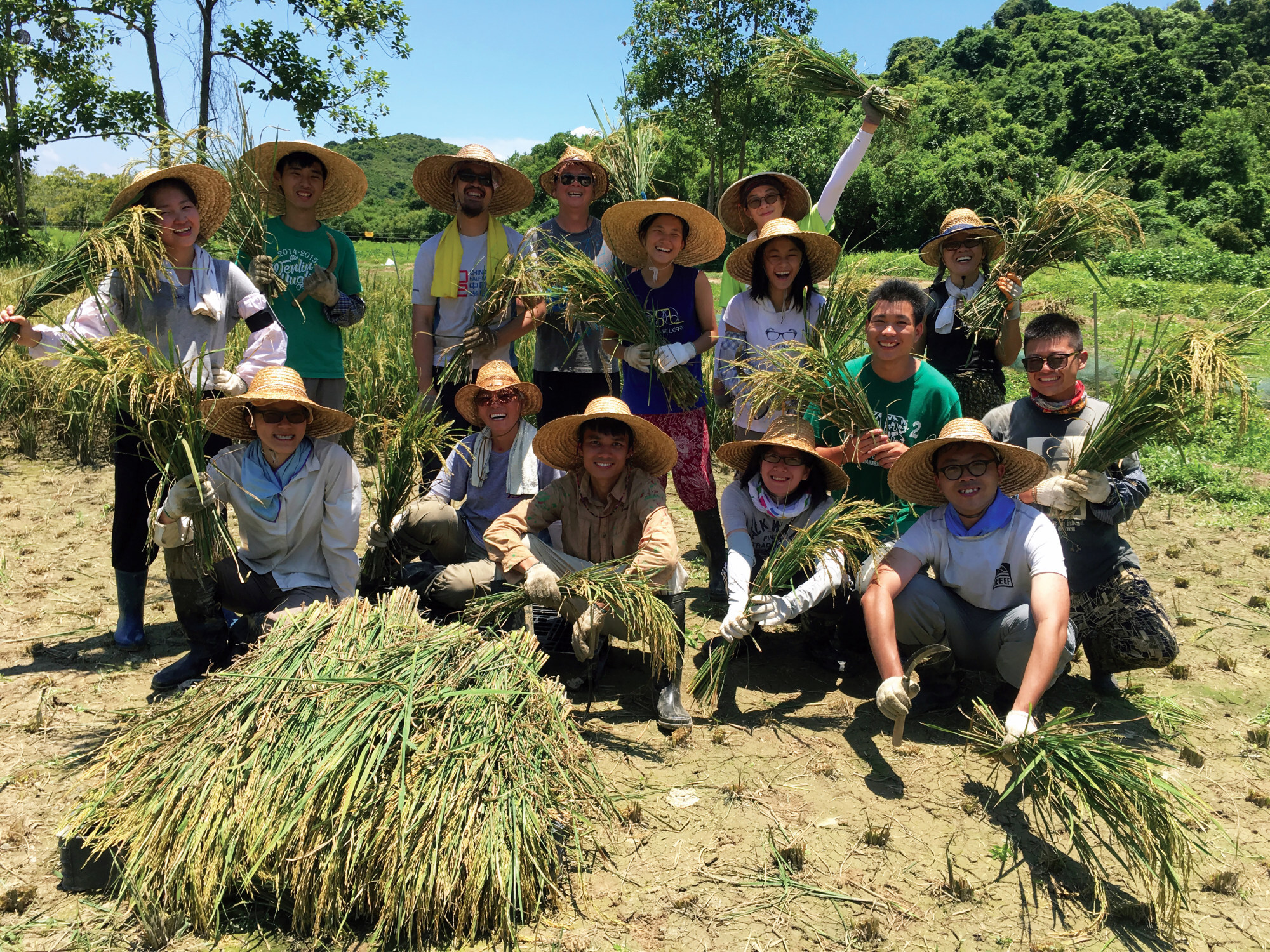
“I think that’s one of the reasons it’s not a common green project in the sustainable-bond or sustainable-finance market,” says Gan. “It is more in the charity domain – you see big organisations giving out money for support under the charity agenda, as with Lai Chi Wo.”
The first green bond in Asia to focus exclusively on biodiversity was launched by the Bank of China (BOC) in September 2021 in response to COP15, the global biodiversity conference held in Kunming. Among the projects within its reach is an ecological hub covering 3.5 million square metres of wetlands in central China and the bond is expected to help protect and diversify species in the area. HSBC was one of the first banks to support the bond and the first impact report is due to be delivered in September – 12 months after the launch.
Gan expects biodiversity to become a more popular theme in green bonds, but sees impact data remaining a challenge for issuers.
“BOC may not choose to report on the number of animal species,” she says. “It may use other data, such as the area protected by the community that lives there.”











